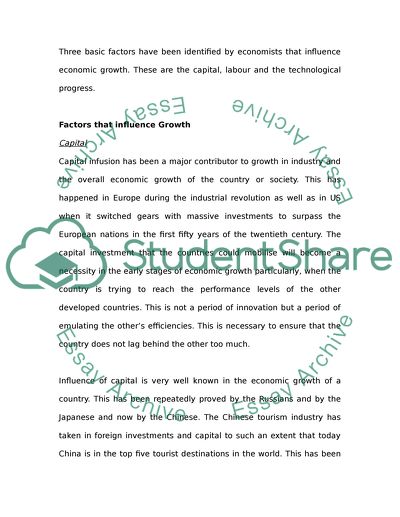Cite this document
(“East Asian Growth Case Study Example | Topics and Well Written Essays - 4000 words”, n.d.)
East Asian Growth Case Study Example | Topics and Well Written Essays - 4000 words. Retrieved from https://studentshare.org/politics/1499814-east-asian-growth
East Asian Growth Case Study Example | Topics and Well Written Essays - 4000 words. Retrieved from https://studentshare.org/politics/1499814-east-asian-growth
(East Asian Growth Case Study Example | Topics and Well Written Essays - 4000 Words)
East Asian Growth Case Study Example | Topics and Well Written Essays - 4000 Words. https://studentshare.org/politics/1499814-east-asian-growth.
East Asian Growth Case Study Example | Topics and Well Written Essays - 4000 Words. https://studentshare.org/politics/1499814-east-asian-growth.
“East Asian Growth Case Study Example | Topics and Well Written Essays - 4000 Words”, n.d. https://studentshare.org/politics/1499814-east-asian-growth.


